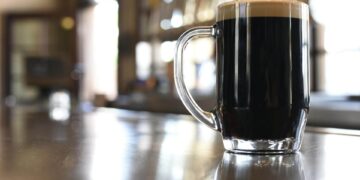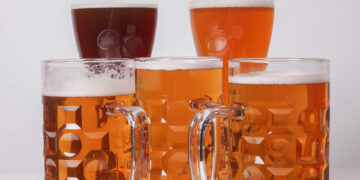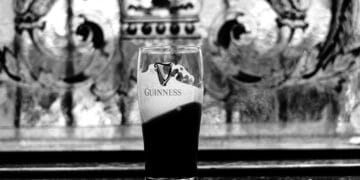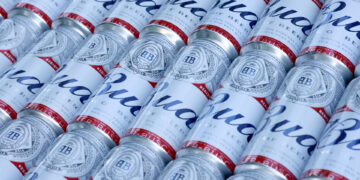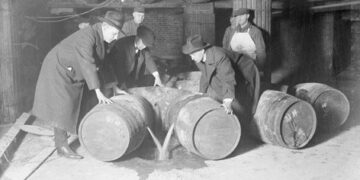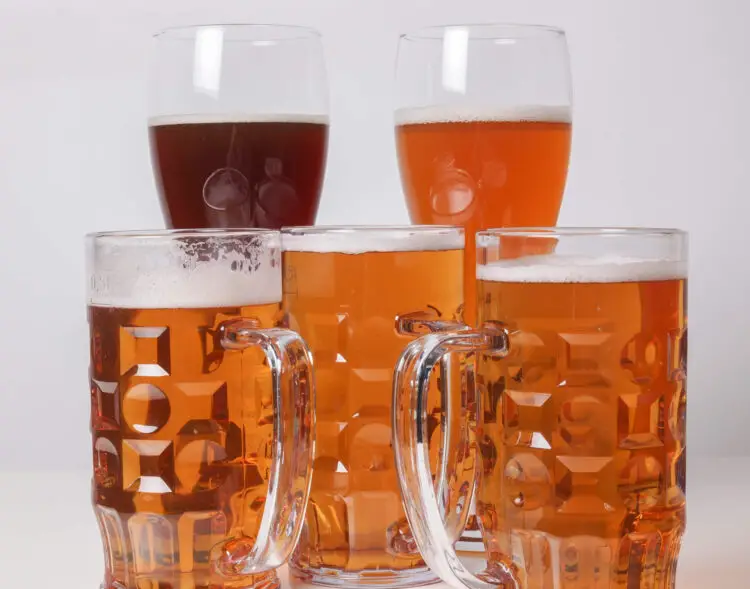The size and shape of a beer glass will affect the way the aroma and taste of a beer translates to the palate, as well as affecting its colour and overall appearance. In countries such as Germany, Belgium and Holland, where a wide range of beers are enjoyed, there are a wide range of glasses available.
Beer Glasses in the U.K.
In the U.K. beer glasses have varied little over the years with bitter tending to be served in a glass that ‘bulbs’ at the open end, whilst lager is sometimes served in a straighter glass – although one that is still wider at the open end. The larger open end serves to promote the flow of aromas, adding to the overall drinking experience, but this is something often little considered when consuming beer; many people are more than happy to drink from the bottle, or can!
Whilst many glasses vary in shape slightly, and some have a company logo emblazoned on the front, this is largely due to fads and cheap advertising ploys. The preference for one glass over another has been, in England, a pure matter of personal choice. It is often felt that beer tastes or ‘feels’ better when drunk from a pint rather than a half glass; hence the old practice of clients asking the barperson to ‘stick another half’ in the existing glass. However, this seems to be partly habitual, and it is only natural that someone who is used to drinking from a pint glass would find a half-pint glass awkward to drink from. Additionally, of course, their is a machismo element to drinking beer, and it is frowned upon in male drinking circles to drink from a half glass – regardless of how many halves are consumed consecutively!
Beer Glasses in Europe
In Europe a different approach is taken to drinking beer. It is generally considered that many European nations take a more relaxed approach to drinking than we do in the U.K. Whilst many who have travelled Europe will have noted that you will never have to venture far into a city to find small pockets of abandon where people drink with the same passion for quantity that many in the U.K. do, it is generally true that our continental cousins take a different approach to drinking beer. This is evident from the vast array of glasses on offer. Notably, most Latin countries (such as Spain, France and Italy) tend to drink halves, savouring their drinks over time. However, the real variety comes in to play in traditional beer drinking countries such as Belgium and Germany. The German ‘stein’ for example is shaped like a tankard, with a handle attached to the side: this allows lager to remain chilled during consumption. Other than this there a are a wide range of glasses, specific to the hundreds of beer varieties that Germany produces.
Belgium has the greatest variety of beer glasses, most of which have ‘stems’. This in itself marks their beer out as a special drink. Certainly, to the British observer, a drink served in a stemmed glass caries a certain allure, as the stem is normally reserved for brandy, wine and bubbly.
Beer glasses on the northern continent range from short and thin tumblers, to champagne style bowls, the range far exceeding anything we in the U.K. are used to, making it hard to say to what extent it really matters which glass you drink from. What is clear, even with a foggy continental lager perception, is that the experience of drinking beer varies from one glass to another: Undoubtedly, a narrower glass gives a thicker, smoother head, with a wider glass giving a frothier, ‘bitter’ style head. With continental lagers becoming popular in the U.K. we have a lot of catching up to do in terms of our understanding o the subtleties of these drinks, and the paraphernalia that surround them. This gives us welcome to cause to experiment!













